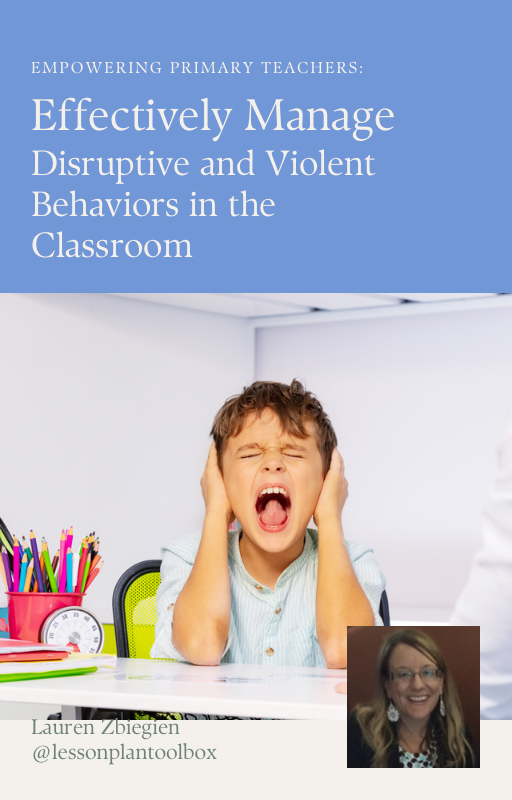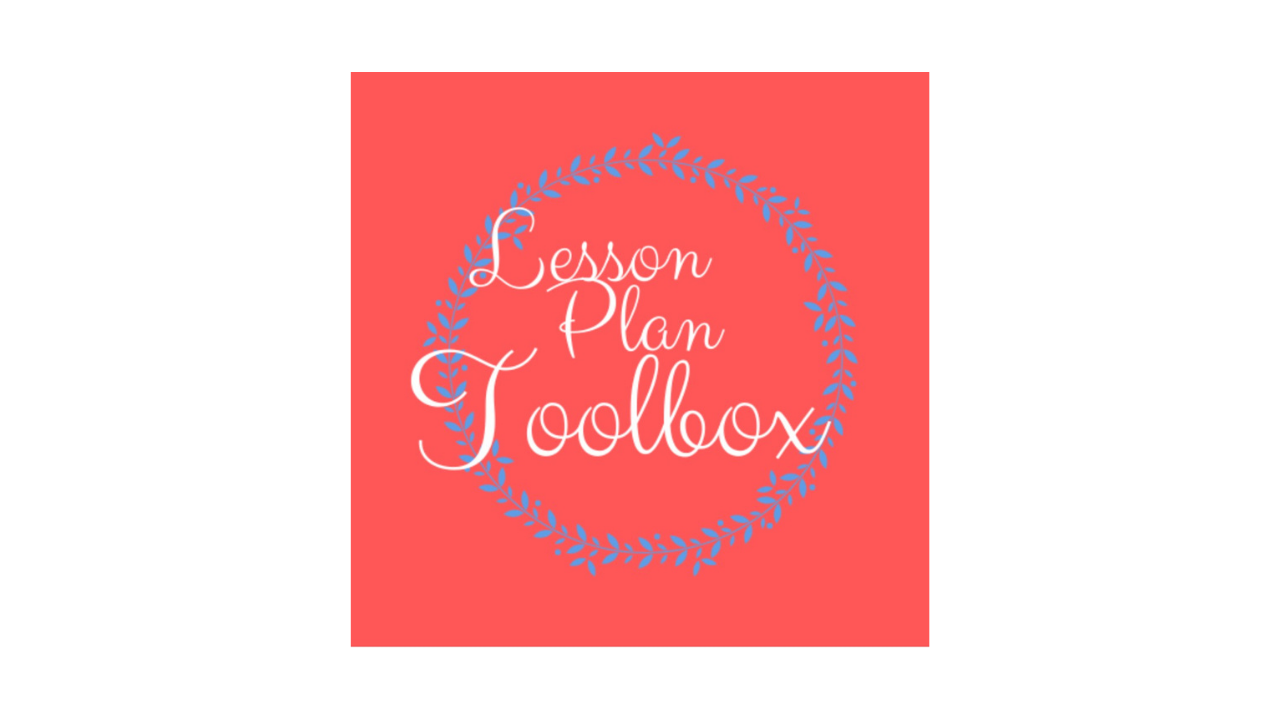
Mastering Parent-Teacher Conferences: A Step-by-Step Guide for Primary Teachers
Click here to watch the YOUTUBE version of this post.
Welcome to our yearlong series on Classroom Management by Design for Primary Teachers. Each week we will give you a new piece to the classroom management puzzle to have in place when you need it this school year. Think of it as a Lego kit just waiting to be built.
Classroom Management by Design for Primary Teachers: Mastering Parent-Teacher Conferences: A Step-by-Step Guide for Primary Teachers

Introduction:
Parent-teacher conferences are one of the most important tools for bridging the gap between the classroom and home. These meetings provide an invaluable opportunity for teachers to connect with parents, gain insight into a student’s background, and collaborate on strategies to support a child’s growth. However, these conferences can also be challenging, especially when discussing sensitive issues or trying to balance the needs of students and their families.
This blog post will guide you through the essential steps to prepare for and lead successful parent-teacher conferences, turning what can sometimes be a stressful event into a constructive and collaborative experience.
1. Understanding the Purpose of Parent-Teacher Conferences
At their core, parent-teacher conferences are designed to build partnerships. They provide a platform for discussing a student’s academic performance, social-emotional development, and behavioral progress. These meetings are not simply a time for teachers to share information but an opportunity for collaborative goal-setting, where both the teacher and the parents work together to support the student’s success [1].
Key Purpose:
Information Sharing: Communicate with parents about their child’s strengths, areas for improvement, and potential challenges.
Collaborative Problem-Solving: Involve parents in creating solutions to address specific issues.
Goal-Setting: Establish clear, actionable goals that everyone—teacher, parent, and student—can work towards together.
2. Effective Preparation: How to Set the Stage for Success
Preparation is crucial for running smooth and effective parent-teacher conferences. It’s not just about organizing your thoughts but ensuring that you have the right data and environment to foster open communication [2].
a) Review Student Performance Thoroughly
Before the conference, gather data on the student’s academic performance, behavior, and social development. Bring work samples, test scores, and any observations about classroom behavior or social interactions. This concrete evidence allows you to present an objective view of the student’s progress [3].
Preparation Tip:
Use data sheets or progress charts to visualize the student’s journey. This makes it easier for parents to see the student’s growth and areas for improvement [4].
b) Gather Relevant Insights from Other Stakeholders
To get a complete picture of the child, reach out to other teachers or support staff who interact with the student. Specialists (such as reading support or speech therapy staff) might have additional insights that could enrich your discussion with the parents [5].
c) Create a Welcoming Environment
Creating a positive and welcoming space for your conference sets the tone for a collaborative conversation. Arrange seating in a way that promotes dialogue, such as sitting at a small table together instead of across from each other. Displaying some of the student’s work can also help the parents feel proud and at ease [6].
Preparation Tip:
Offer flexible scheduling options to accommodate parents' busy lives. You might also want to suggest virtual conferences for parents who can’t attend in person, ensuring that all parents have a chance to participate [7].

3. Opening the Conference: Establishing a Collaborative Tone
How you open the conference will set the tone for the entire meeting. It’s important to establish from the beginning that this is a collaborative conversation focused on the student’s success [8].
a) Start with Positive Feedback
Always start by sharing something positive about the student. This not only helps parents feel good about their child’s progress but also builds trust. It shows that you see their child as a whole person, not just a list of academic achievements or behavioral concerns [8].
For example:
“I’ve really enjoyed seeing how creative Jamie has been in our recent science projects. He has such an inquisitive mind, and I’d love to build on that curiosity in other subjects.”
b) Frame Challenges as Areas of Growth
When discussing areas where the student may be struggling, frame challenges as opportunities for growth. Avoid placing blame or focusing too much on the negative. Instead, talk about how you can work together to help the student improve [9].
For example:
“Jamie has struggled a bit with focus during reading time. I’ve noticed he loses concentration when the reading passages get longer. I think we can help him by breaking the reading into smaller chunks and practicing at home. How do you feel about trying that?”
4. Addressing Emotional Responses: Navigating Tough Conversations
Parent-teacher conferences often involve discussing sensitive topics, and it’s normal for parents to have strong emotional reactions. Whether it’s defensiveness, anxiety, or frustration, your role is to acknowledge their feelings while steering the conversation towards solutions [8].
a) Use Active Listening
When parents express concerns or emotions, practice active listening. Acknowledge what they’ve said before responding, and give them space to fully express themselves [10].
For example:
“I can hear that you’re worried about Jamie’s progress in math, and that’s understandable. I want you to know we’re in this together, and I’m here to help find strategies that work.”
b) Collaborative Problem-Solving
If a parent is upset or worried, focus the conversation on what can be done moving forward. Reassure them that it’s not about assigning blame but about working together to help the child [6].
For example:
“I understand that it’s been challenging at home with homework. Let’s think about how we can make this more manageable. Maybe we can set up a system where Jamie gets a few extra minutes of help during class, and you can check in with him in the evening. What do you think?”

5. Setting Collaborative and Measurable Goals
A successful parent-teacher conference should end with a clear, collaborative action plan. This plan will guide both the teacher’s and the parents’ efforts in supporting the student’s growth over the coming months [9].
a) Use SMART Goals
To ensure that the goals are effective, use the SMART framework: Specific, Measurable, Achievable, Relevant, and Time-bound. This approach ensures that both parties have a clear understanding of what they’re working towards [11].
Example SMART Goal:
“Over the next four weeks, we will work on improving Jamie’s focus during reading time by using short reading passages both at school and home. We’ll check in after a month to review his progress.”
b) Ensure Follow-Up and Accountability
Before ending the conference, establish a clear timeline for follow-up. Whether it’s an email check-in or another meeting in a few months, having a system for tracking progress helps maintain momentum [12].
For example:
“I’d love to check in with you again in six weeks to see how things are going. Does that work for you?”
6. Post-Conference Follow-Up: Maintaining the Partnership
The parent-teacher conference should not be a one-time event. Following up afterward shows parents that you’re committed to their child’s success and that you value their involvement [12].
a) Send a Thank-You Note
After the conference, send a brief thank-you note or email expressing appreciation for the parents’ time and collaboration. This small gesture helps maintain a positive relationship [4].
For example:
“Thank you for meeting with me today. I really appreciate your insights, and I’m looking forward to working together to support Jamie’s growth this year.”
b) Regular Updates
Maintain regular communication with parents to update them on their child’s progress. This could be through emails, phone calls, or even a quick note in the student’s backpack [4].

7. Addressing Common Challenges in Parent-Teacher Conferences
Parent-teacher conferences can be daunting for several reasons—time constraints, logistical challenges, and potential conflicts. Being prepared for these challenges is key to running a successful meeting.
a) Time Management
With limited time for each conference, it’s easy to feel rushed. Keep the conversation focused on key topics like academic progress, behavior, and goal-setting. A flexible but structured agenda can help guide the conversation [13].
b) Balancing Professional Insight and Parental Concerns
Parents may have different perspectives or concerns about their child’s education. It’s important to balance your professional expertise with their insights. Be open to their input and ensure they feel heard, while also offering evidence-based solutions [14].

Conclusion: Building Lasting Partnerships
Parent-teacher conferences are a critical touchpoint in fostering strong relationships with families. With thoughtful preparation, open communication, and collaborative goal-setting, you can transform these meetings into meaningful opportunities for partnership. When parents and teachers work together, the results are transformative—not just for the student’s academic progress but for their overall development.
Remember, the key to a successful parent-teacher conference lies in building trust, maintaining open communication, and keeping the student’s best interests at heart. By following these strategies, you’ll create a lasting impact on your students and their families.
Resources for References of this Post:
[1] - The Power of Parent-Teacher Conferences: Building Success Together
[2] - A Parent’s Guide for an Effective Parent-Teacher Conference
[3] - How to Conduct a Successful Parent-Teacher Conference
[4] - How to Prepare for Parent-Teacher Conferences
[5] - Sharing Assessment Results with Parents
[6] - Effective Parent-Teacher Conferences: Essential Strategies for Educators
[7] - Strategies for Successful Parent-Teacher Meetings
[8] - Building Strong Bonds: 7 Strategies for Successful Parent-Teacher Conferences
[9] - Agenda for Parent-Teacher Conference: Tips for Parents
[10] - The Basics of Communication: A Guide for Elementary School Teachers
[11] - Parent-Teacher Partnerships: Fostering a Collaborative Learning Environment
[12] - Engaging with Families Through Parent-Teacher Conferences
[13] - Teacher-Parent Strategies: Starting the Year Off Right
[14] - How to Prepare for a Parent-Teacher Conference
SHOCK-TOBER!
If classroom management has you a going a little bonkers or even worse is stressing you out to the MAX, then we would LOVE to invite to the
MASTERING CLASSROOM MANAGEMENT for the Primary Teacher Membership for FREE the ENTIRE month of OCTOBER!
You will have the chance to ask all of your classroom management questions and receive real time feedback on how to implement strategies in the classroom.
Primary teachers have our hearts and we can't wait to see you inside the membership!
DID YOU KNOW…
Did you know I organize a FREE Facebook Group for Mastering Classroom Management? We are gearing up for our school year quarter sessions, so if you’re looking for a simple way to improve your classroom management join the already 200+ teachers that have signed up: Mastering Classroom Management Facebook Group
Your ebook GIFT: Empowering Primary Teachers: Effectively Manage Disruptive and Violent Behaviors in the Classroom

FINALLY…
If you enjoyed the tips in this post, you might also enjoy this series of videos Classroom Management by Design for Primary Teachers:
The Power of Silence: A Step-By-Step Approach to Incorporating Silence in Your Classroom
The Power of Silence in the Classroom
The Power of Your Words in the Classroom
Mastering Conflict Resolution in the Primary Classroom
Silencing the Chaos: How to Quiet a Classroom Full of Disruptions and Rudeness
Don’t forget to follow us over on Instagram!
Teach~Relax~Repeat
Lauren

